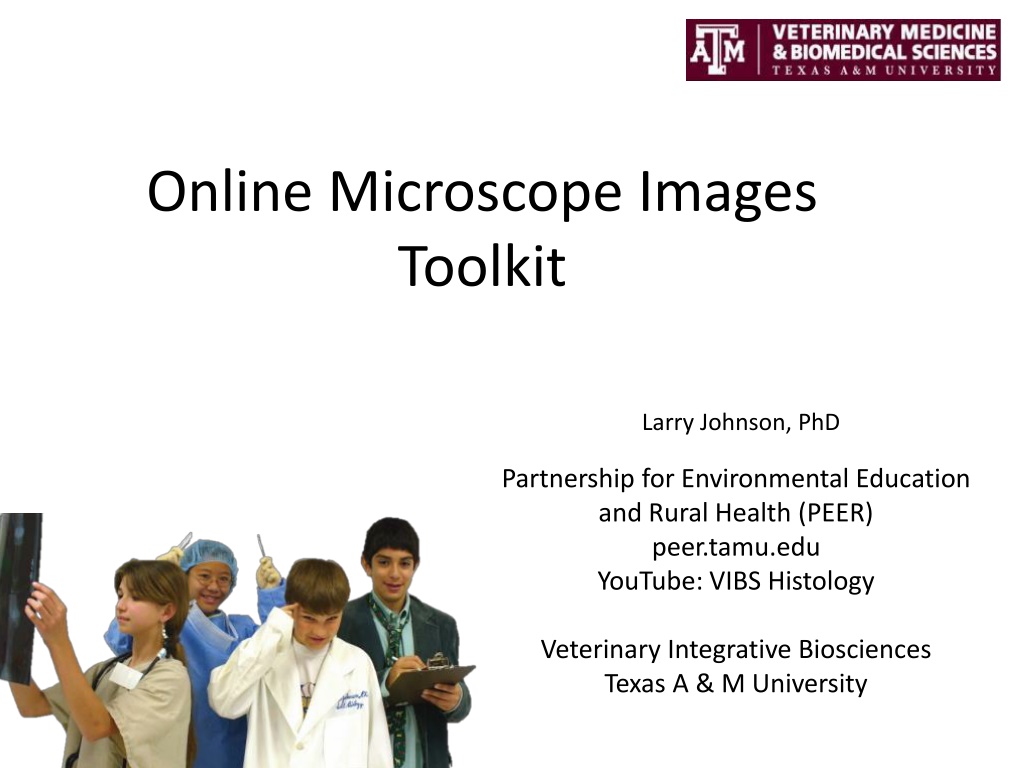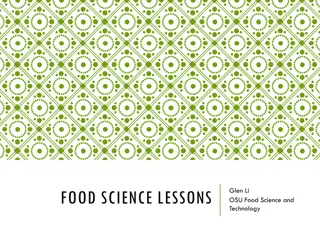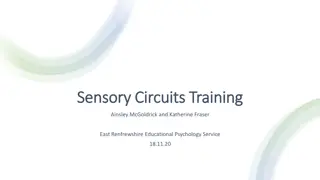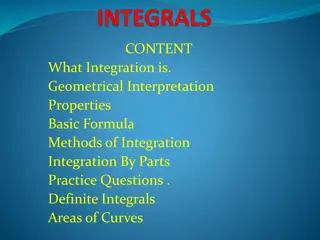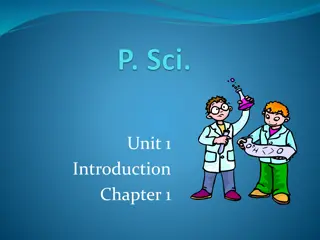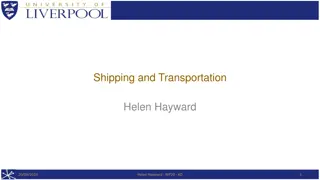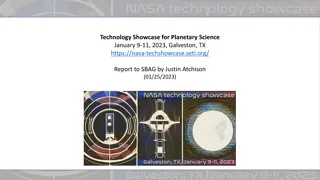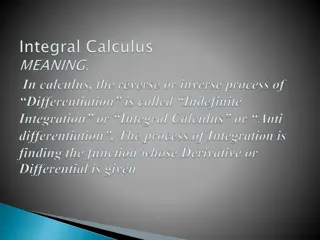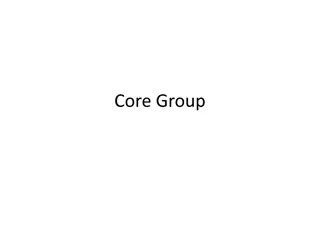Understanding the Importance of Stereology and Technology Integration in Science
Stereology, through random sampling, enables quantitative analyses of images, cells, and tissues, providing insight beyond mere observations. It helps assess changes in health, treatment efficacy, and statistical significance. By integrating math and technology, this toolkit allows students to evaluate microscopic images and make measurements, emphasizing the value of math in scientific investigations.
Download Presentation

Please find below an Image/Link to download the presentation.
The content on the website is provided AS IS for your information and personal use only. It may not be sold, licensed, or shared on other websites without obtaining consent from the author. Download presentation by click this link. If you encounter any issues during the download, it is possible that the publisher has removed the file from their server.
E N D
Presentation Transcript
Online Microscope Images Toolkit Larry Johnson, PhD Partnership for Environmental Education and Rural Health (PEER) peer.tamu.edu YouTube: VIBS Histology Veterinary Integrative Biosciences Texas A & M University
Toolkit Contents 1. Operating Online Microscope Images 2. Cell Count 3. Cell/Tissue Volume Density 4. Percentages of Cells 5. Diameter of Cells 6. Organelle Volume Density
Why do cell counts (stereology)? ---------------------------------------------------------------------- Stereology (random sampling of the whole group as opposed to counting all individuals in that group) allows quantitative analyses of images, cells, tissues, or micrographs to supplement general observations. It tells you how much change occurred not just that a change has occurred. This might indicate how sick a person is, how successful a treatment might be, or whether a person is getting better or worse. It might be used to determine if an observed change is statistically significant.
Why do stereology and integrate technology and math (STEM) in science? --------------------------------------------------------------------------- Use of this toolkit gives students an opportunity to evaluate microscopic images where they interact with images of specimens (each student makes his/her own measurements) and use technology to do so as they integrate math and science. They see the value of and use math in scientific investigation to determine the amount of difference between samples. One might hypothesize that abnormal blood has 10 to 100 times the concentration of white blood cells as does the normal blood, but does the conclusion of the stereological analyses agree? Calculations/ technology
